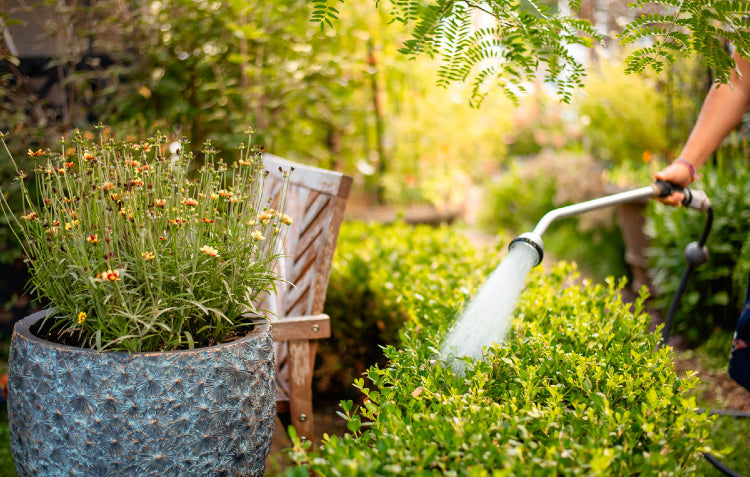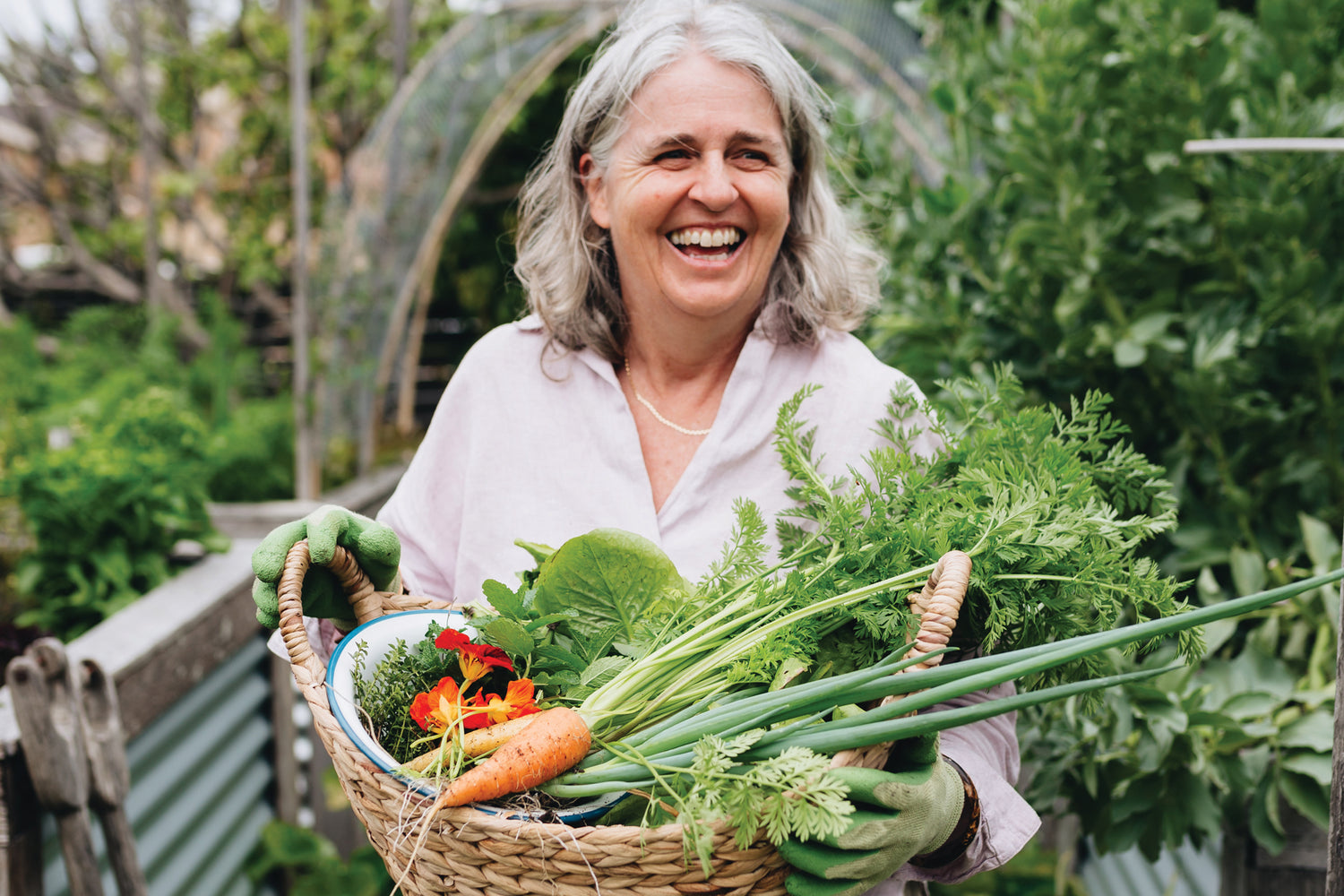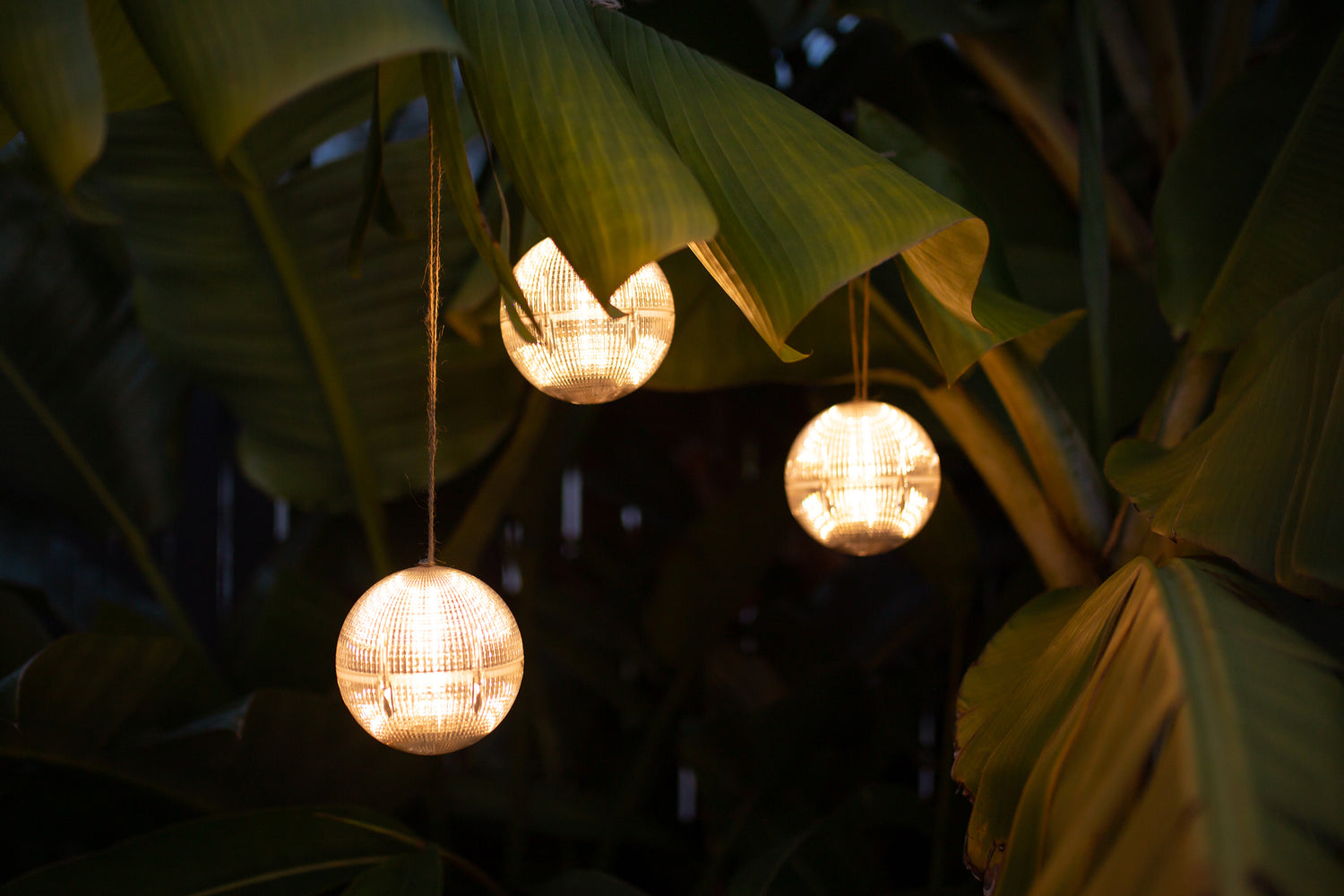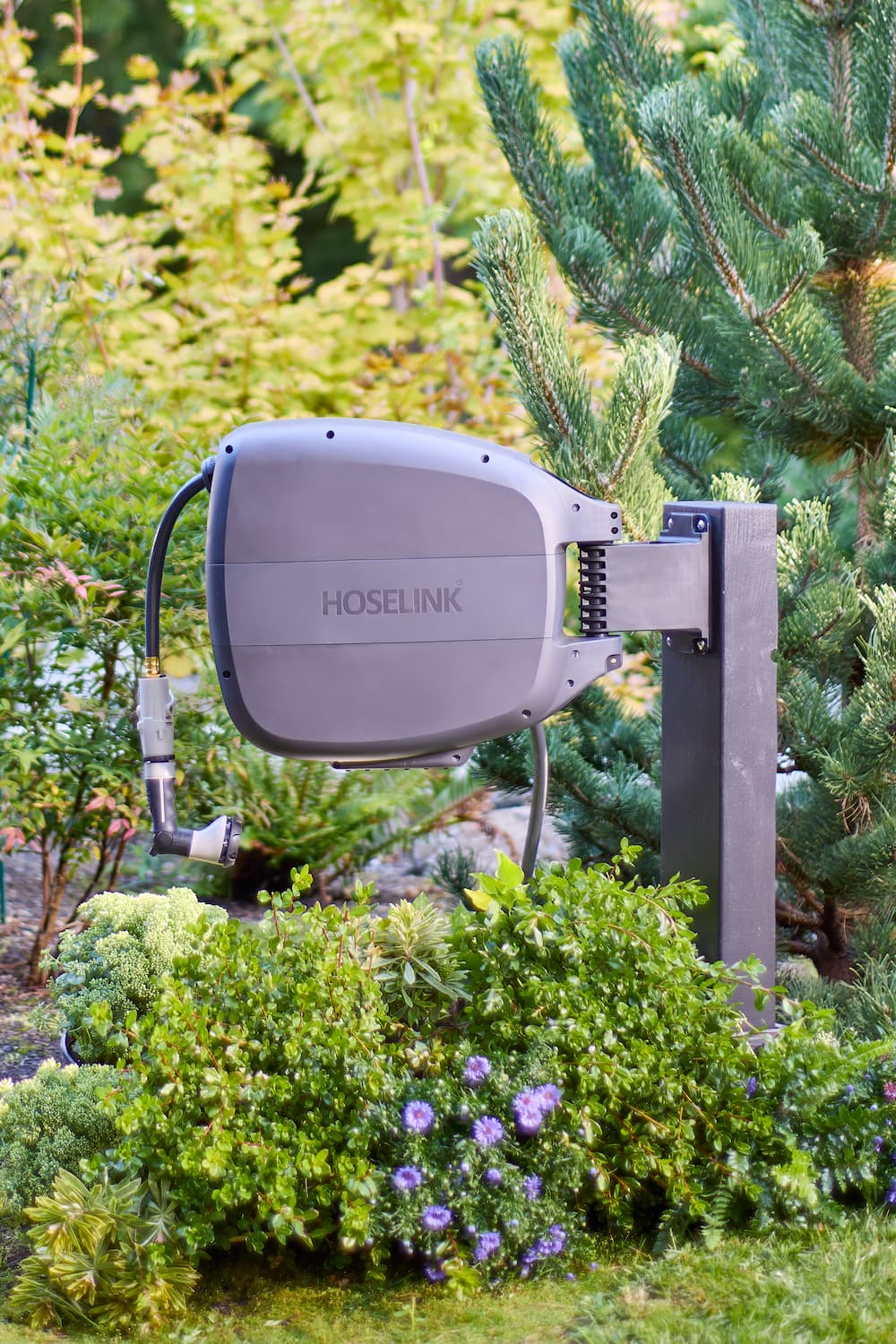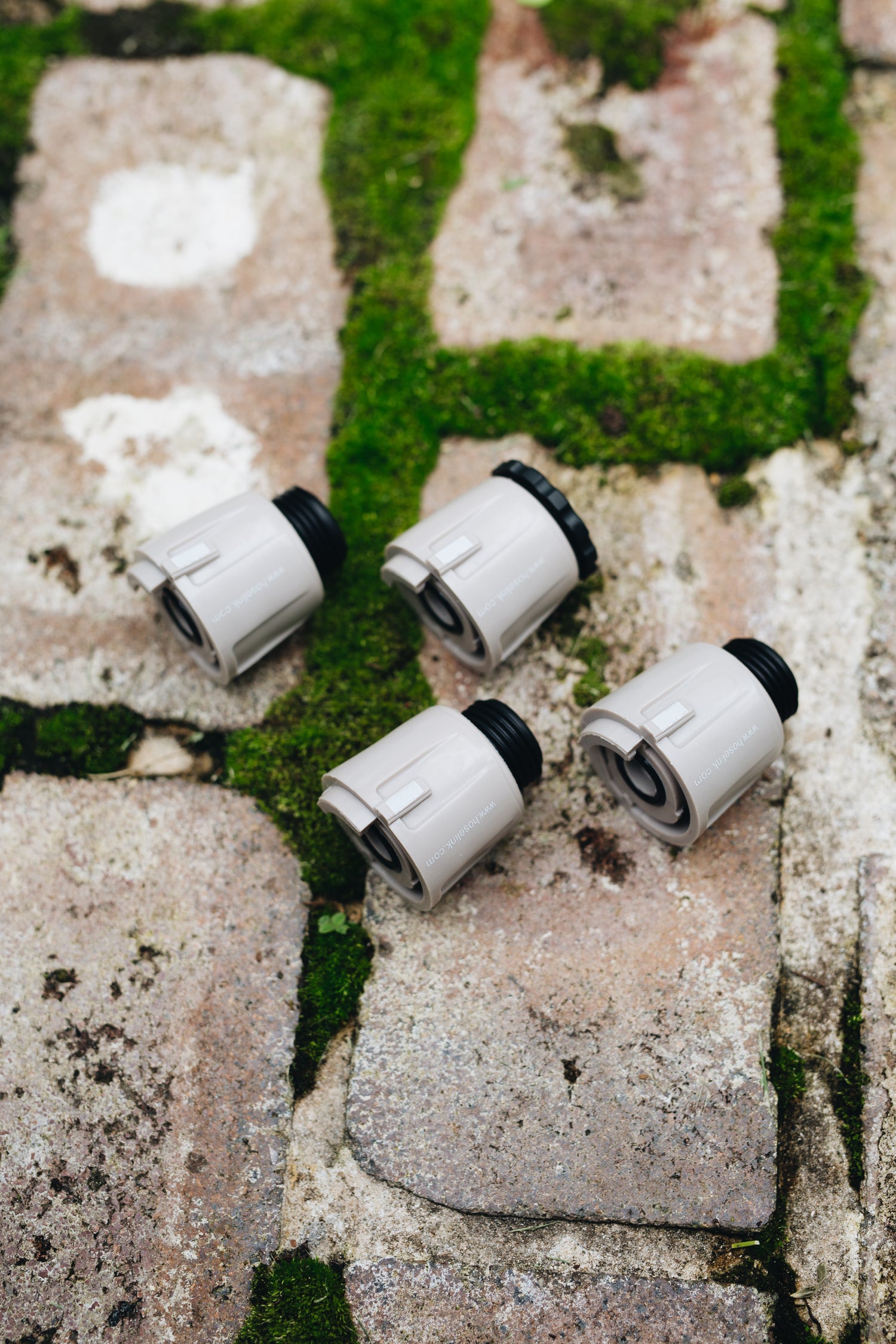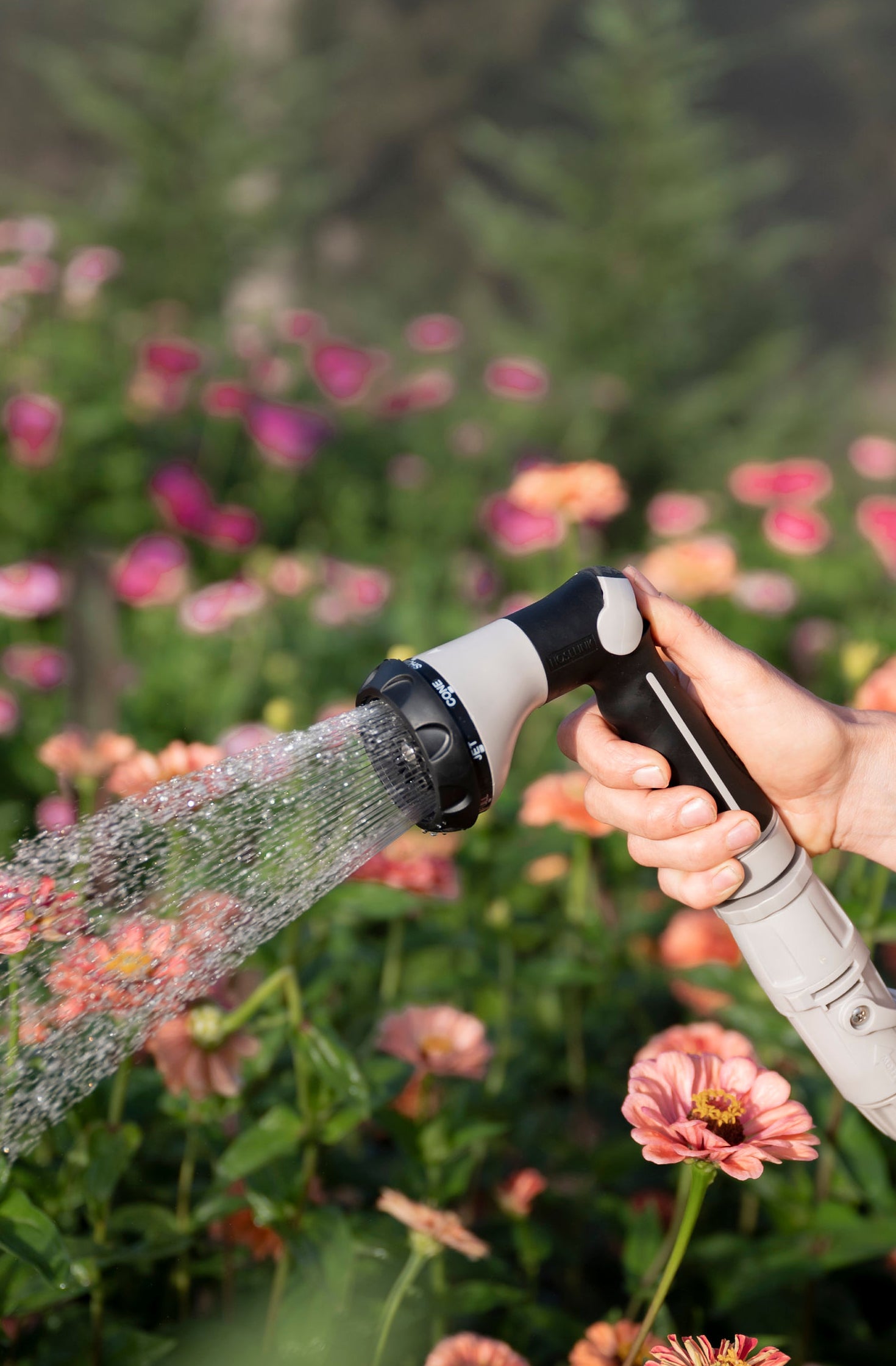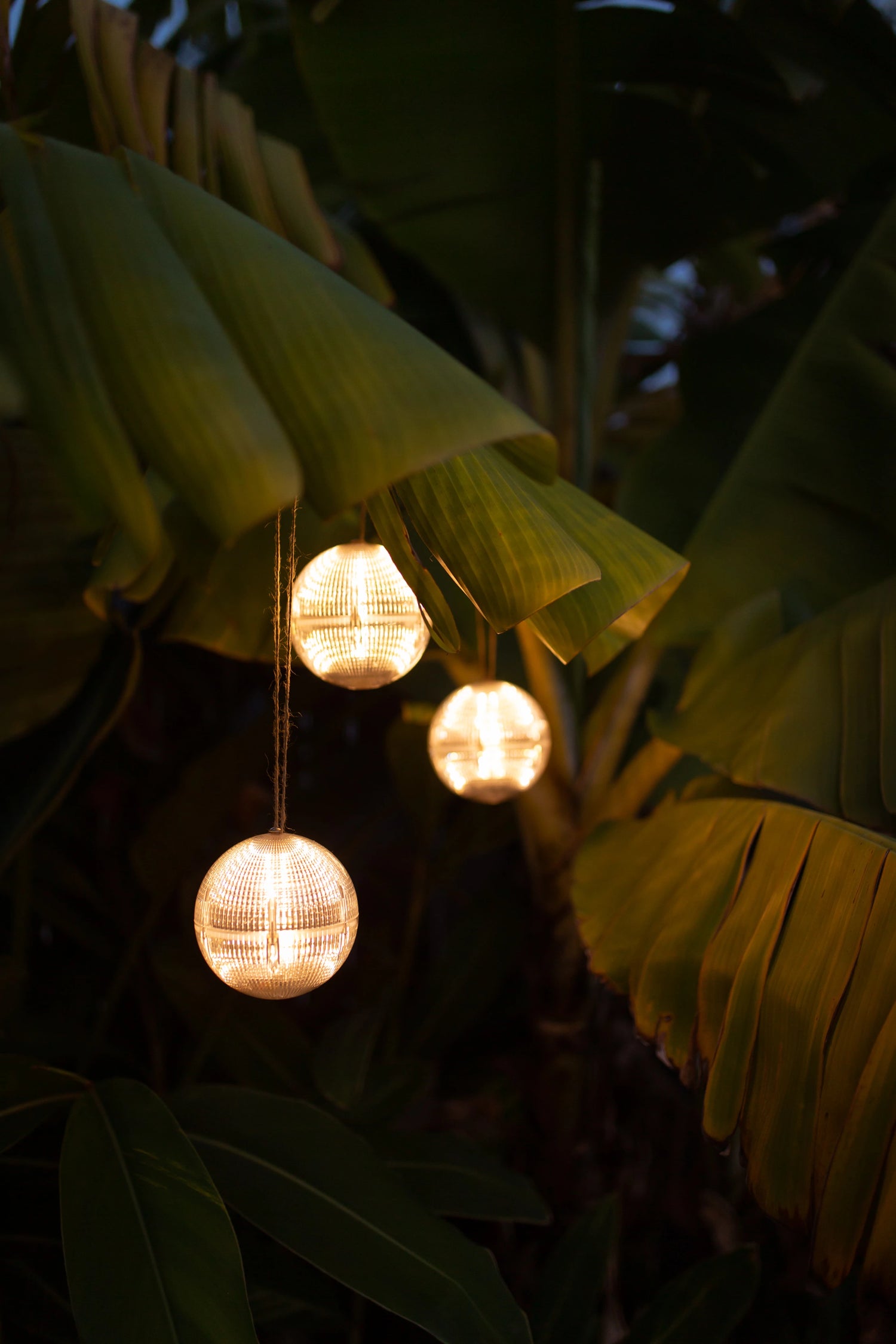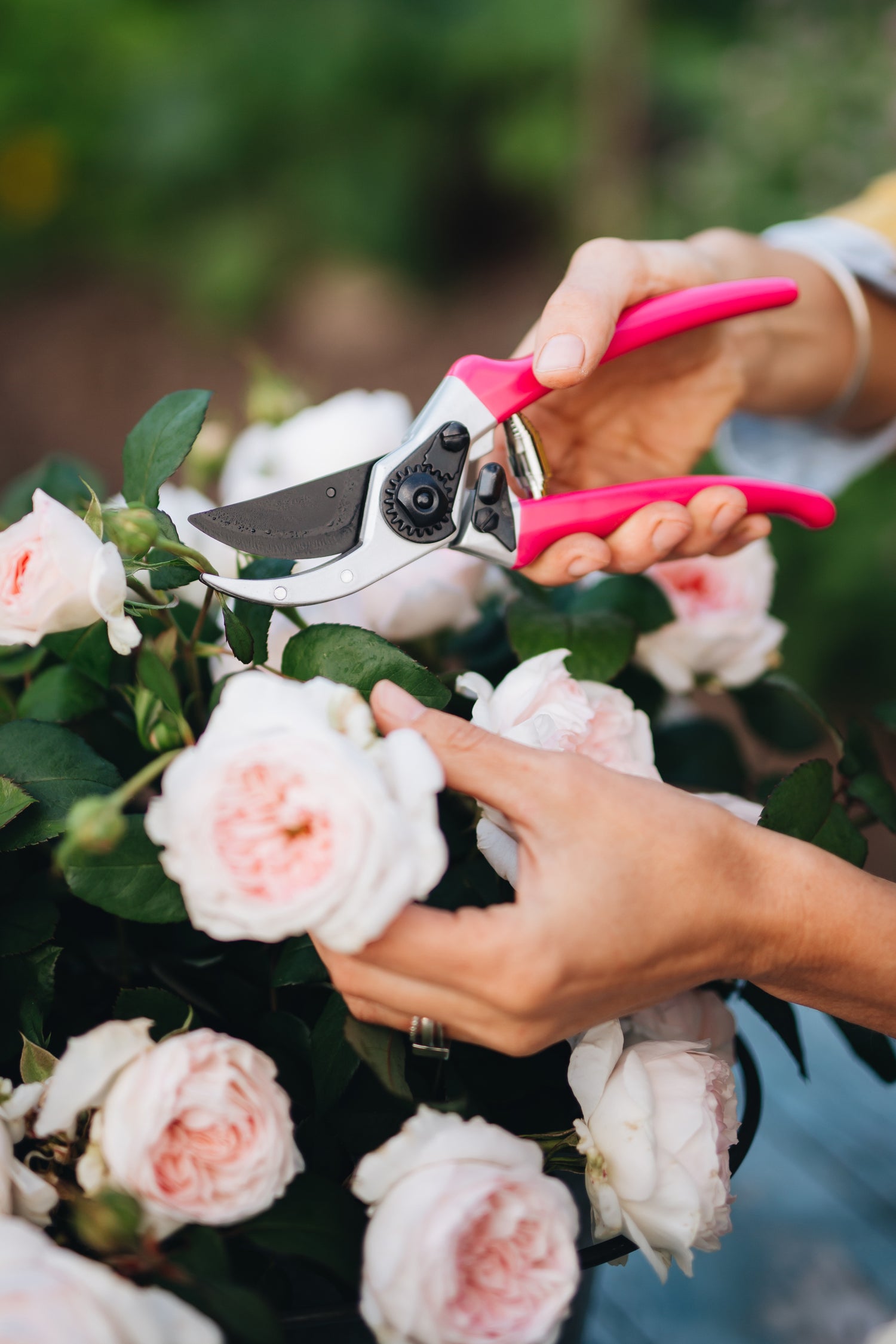As September tiptoes into our lives, we often find ourselves on the cusp of change. The sunsets may arrive a tad earlier, and the morning air carries a hint of autumn's chill, but don't let that fool you. In the world of gardening, September is like a master illusionist, pulling surprises from its hat and offering us a second act to our gardening adventures. Whether you're a seasoned horticulturist or someone who just discovered the beauty of gardening, this is the perfect time to dive headfirst into the magic of a September garden.

In today's blog, we'll chat about the flowers that refuse to bow out, the veggies that are at their peak, and the simple pleasures of sipping tea (or a Margarita) among the rustling leaves. Plus, we might just uncover a few secrets on how to keep that garden game strong as the pumpkin spice flavors of autumn show in their full glory.
This month in the garden
In Central Indiana (Zone 5) September is a month of transition; Gone are the long days of summer when all the garden seemed to require was a generous dose of water (My hose reel made those days easier!) and a dash of sunshine. Now, it's time to roll up those sleeves, grab my favorite pink pruners and embark on a new set of gardening adventures.
While the blazing heat of summer may be waning, it's not uncommon for September to bring a few sweltering days. Watering remains crucial, but it's all about balance. As temperatures fluctuate, the soil's moisture levels can be erratic, so it's essential to monitor your plants' specific needs. Some may still thirst for frequent hydration, while others, particularly those in established flowerbeds or native gardens, can often handle longer stretches between drinks.

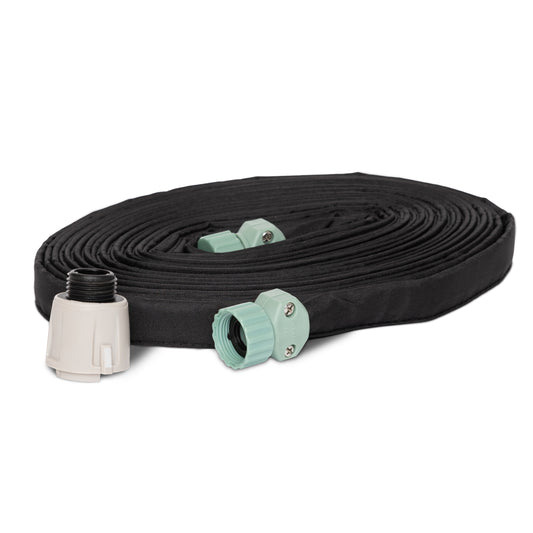
We can't talk about September without acknowledging the riot of color it often brings. Many late-summer and early-fall bloomers, like Japanese anemones and mums, burst forth in September, attracting pollinators and providing a vibrant canvas for our landscapes(The pollinators still need to eat). To keep your garden looking its best, remember to deadhead spent flowers from shrubs or perennials. This not only promotes new blooms but also tidies up the garden's appearance.
Now, about those veggies—September often signals the last hurrah for some crops, while others are just hitting their stride. Keep harvesting those ripe tomatoes and green beans, but also consider planting a second round of cool-season vegetables like lettuce, spinach, and kale. These plants thrive in the milder temperatures and shorter days of early autumn.
And, of course, don't forget about the gentle pruning and shaping of your shrubs and trees. Properly pruned plants not only look tidy but also stay healthier and more resistant to pests and diseases.

What I’m harvesting this month
Tomatoes, those juicy, sun-ripened orbs of flavor, are often at their sweetest and most abundant in September. As the vines sag under the weight of their fruit, it's time to reach for the garden basket and start plucking. Whether you prefer the classic heirloom beefsteaks, the vibrant cherries or something in between with quirky names and colors, there's something magical about the taste of a freshly picked tomato still warm from the sun. Slice them for sandwiches, toss them into salads, or transform them into the star of a homemade pasta sauce (My favorite way to use fresh tomatoes by the way). And if you find yourself with a bumper crop, consider preserving the taste of summer by canning or freezing your tomatoes for a burst of sunshine in the months to come.
Basil, this aromatic herb that partners so beautifully with tomatoes, covers a huge part of my raised garden beds mainly because it serves two purposes, it tastes amazing and if I let it go to flower, it attracts pollinators like crazy! It is another garden delight that thrives in September. Its fragrant leaves are at their most vibrant, and it's the ideal time to harvest and savor the essence of this herb. Gently pinch that main stem back to a strong set of side shoots, removing about one-third of the plant being careful not to disturb the main stem, this technique helps keep your basil plants producing all season long. Basil is incredibly versatile in the kitchen—blend it into pesto, layer it in caprese salads, or simply chop it finely to sprinkle over your favorite dishes. If you have an abundance, consider making batches of pesto to freeze for a taste of summer when the days turn cold.
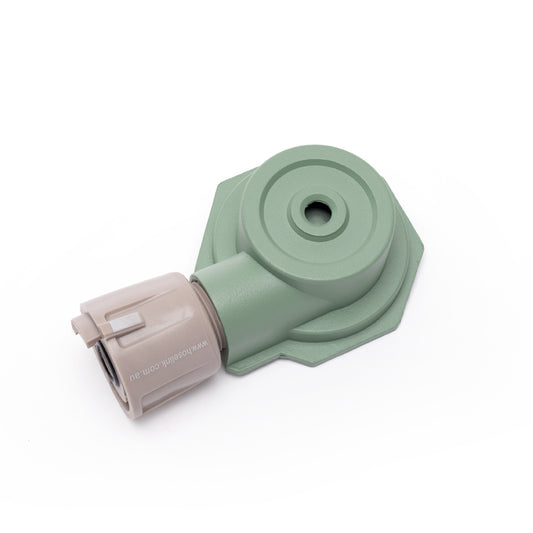
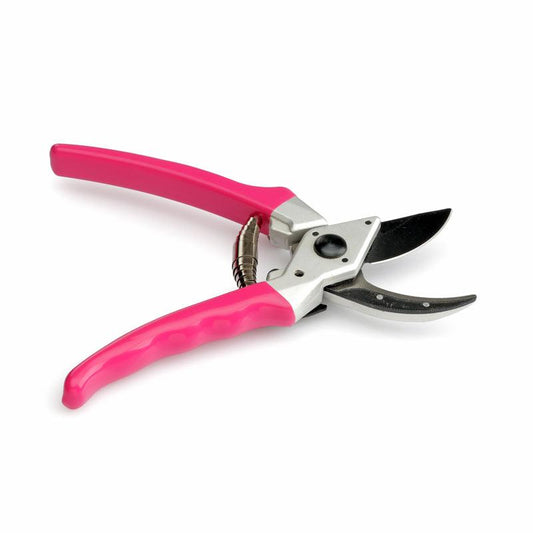
What did / didn’t work last month (August)
One of my favorite veggies in the garden is Cucumbers. This year I harvested plenty of them. Unfortunately, those days of going outside and getting a handful of fresh crispy cucumbers are long over.
As August came around, so did a series of challenges that tested all of my cucumber plants.
First came the unrelenting heatwaves (most of the US had a few of these this year) pushing our cucumber plants to their limits. Despite diligent watering, the leaves began to wilt, a stark reminder of nature's unpredictability. Then came the unwelcome arrival of pests and disease. Cucumber beetles and powdery mildew descended upon our beleaguered plants, further weakening their once-vibrant spirits.
As our cucumber vines are now long gone in the trash (Sick plants and foliage cannot be sent to your healthy compost) we're reminded that the garden is a dance of life and loss, growth and setbacks. Though the cucumbers may be done for the year, their story lingers as a reminder of the ever-evolving tapestry of our garden, where each plant, whether it thrives or falters, contributes to the rich narrative of the seasons.
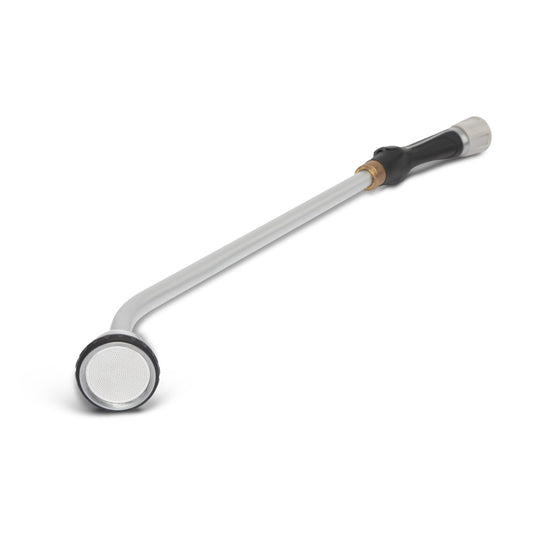
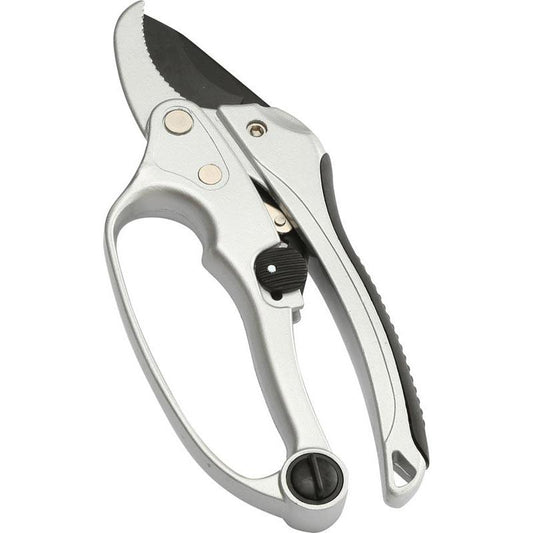
What I’m planting this month (September)
As September days start to bring cool mornings, it's time to introduce three remarkable players to the garden stage: cilantro, lettuce, and beets. These crops promise a delightful medley of flavors and colors to grace our plates in the coming weeks. But before we can savor their bounty, let's delve into the art of planting, nourishing, and nurturing these garden gems.
Cilantro thrives in moderately fertile soil with good drainage. Amend your soil with compost or organic matter to improve its texture and nutrient content. It's best to plant cilantro seeds directly in the garden bed, spacing them about 6 inches apart. Keep the soil consistently moist during germination. One of my “tricks” for having success growing cilantro is using split seeds from companies that sell them this way (remember, cilantro seeds are round but have 2 seeds inside), but you can easily split them by adding pressure using a rolling pin over them, being carefully not to crash the seed completely.
Lettuce enjoys soil that's rich in organic matter and slightly acidic. Like cilantro, it's ideal to plant lettuce seeds directly in the garden bed. Scatter the seeds evenly and cover them lightly with soil. Keep the soil consistently moist to encourage rapid, tender leaf development. Lettuce appreciates a regular, even supply of water. Avoid letting the soil dry out completely. Consider mulching around lettuce plants to retain moisture and regulate soil temperature.

Beets, with their plump, flavorful roots, prefer soil that's loose and well-drained. Amend your soil with compost to enhance fertility. Plant beet seeds about 1 inch deep, spacing them 2-3 inches apart, I soak beet seeds for a few hours before planting to provide extra moisture, this helps with better germination. Thinning may be necessary once they sprout to ensure proper root development. Consistent soil moisture is crucial for optimal beet growth.

September in the garden is all about balance—balancing the lingering warmth of summer with the approaching coolness of fall, and nurturing the plants that continue to grace us with their beauty while preparing for the peaceful slumber of winter. It's a month of transition, a time when we, as gardeners, adapt and continue to cultivate the living tapestry of our outdoor sanctuaries. So, grab your pruners and your favorite pumpkin flavored drink, and let's embrace the evolving beauty of September in the garden.
If you enjoyed this blog and would like to see more from Roxana, you can visit her YouTube channel via this link:

